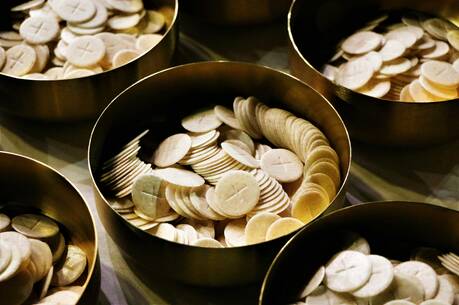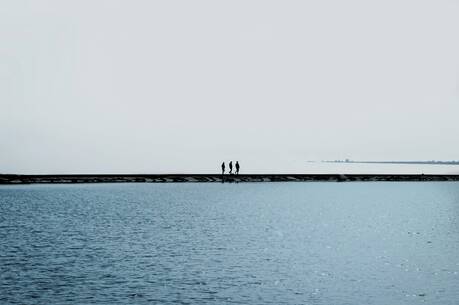Preserved Without Stain
For many people, the feast of the Immaculate Conception is as confusing as is the familiar statue that honors Mary under that title. One reason is that the Gospel reading recounts the conception of Jesus, not that of Mary. As for the statue, today’s passage from Genesis clearly states that it is the offspring of the woman, not the woman herself, whose heel will strike the head of the ancient serpent.
These are certainly not theological mistakes. In the first instance, any privilege bestowed on Mary—and her Immaculate Conception is certainly a major privilege—was bestowed on her in virtue of the inestimable character of her divine son. He is the ultimate sinless one, and so it is fitting that the flesh from which he sprang should also be “immaculate.”
And the statue? The text says that the enmity is first between the woman, who is the “mother of all the living,” and the serpent, the symbol of evil, and then between their respective offspring.
Just what significance might this feast hold for contemporary Christians? The readings give us directions. As with all major feasts, the feast of the Immaculate Conception celebrates the mystery of our redemption by a loving God. The first reading is a report of human sinfulness. As bleak as this might sound, a ray of hope also appears here. Though the struggle between humankind and the forces of evil is ongoing, and human history certainly attests to the fact that it is, at this point in the story, there is a stalemate.
The Gospel assures us that the stalemate has been broken. God is prepared to send a child who “will be called holy, the Son of God.” His name will be Jesus, a Hebrew name that means “savior.” We all wait to hear what Mary will say. It almost sounds preposterous. A simple Galilean girl, the mother of God? But that is the plan—the mystery of salvation will be born out of unpretentious human generosity. And we all benefit from her willingness.
Again and again, the Letter to the Ephesians speaks about our being chosen in Christ. We were destined for adoption “for the praise of the glory of his grace.” Mary was the first one chosen to be “holy and without blemish before him.” Then, “in him we were also chosen.” Mary’s willingness to participate in God’s plan of salvation anticipated the fruits of that plan for all of us. Today we celebrate one of the early moments of that plan.
This article also appeared in print, under the headline “Preserved Without Stain,” in the November 29, 2004, issue.







